| |
This page shows the results of testing the B1 Buffer preamplifier (described here) with the borrowed oscilloscope (described here). |
|
| | | |
| |
Power Supply Measurements |
|
| | | |
| |
First, I measured the power supply, both the +10 VDC and -10 VDC rails. I measured the power supply with no input and no load, and with a 0.5 V signal from the signal generator as input (at 1 KHz), and with a 10 KOhm resistor (to simulate a power amplifier input) on the output. |
|
| | | |
| |
In every case, the result was the same. The signal was flat at the lowest, most sensitive voltage setting (10 mV/cm) and at every frequency setting (2 ms/cm, 10 us/cm, 2 us/cm, and 0.2 us/cm). Nowhere was there any hint of ripple, noise, or oscillation. Below is the +10 VDC rail under 10 KOhm load with a 1 KHz 0.5 V input measured at 10 us/cm and 10 mV/cm: |
|
| | | |
| |
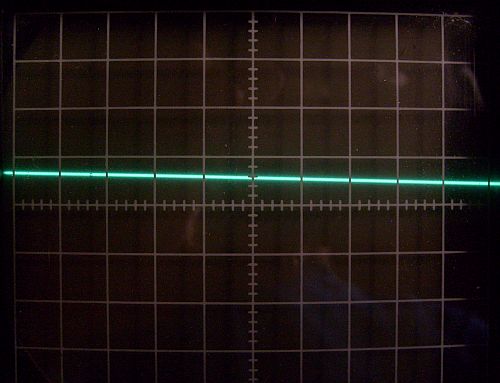 |
| | | |
| |
The first time I measured this, I found that the power supply was oscillating in the 500 KHz (?) range at about 2 mV when the power supply was connected to the B1 and phono boards (it measured cleanly without being plugged in to the boards). I realized that there was probably too little capacitance between the two LT-1086 three-pin voltage regulator circuits, so I replaced the 100 nF film capacitors with 100 uF FC electolytic capacitors. That completely eliminated the oscillations. |
|
| | | |
| |
1 KHz Measurements |
|
| | | |
| |
Next, I measured the output of a 1 KHz, 0.5 V signal from the signal generator. I measured each channel, with no load, and with a 10 KOhm resistor on the output. |
|
| | | |
| |
In every case, the result was the same. I could discern no difference between the response with a load or without. I couldn't really discern a difference between the output and the input signal shown here. Below is 1 KHz output without a load measured at 0.2 ms/cm and 100 mV/cm: |
|
| | | |
| |
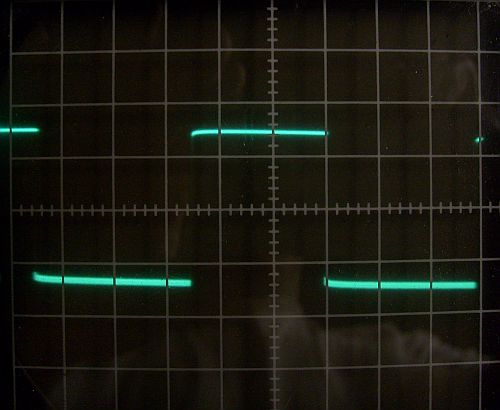 |
| | | |
| |
Below is with 1 KHz input and a load measured at 0.2 ms/cm and 100 mV/cm. No difference: |
|
| | | |
| |
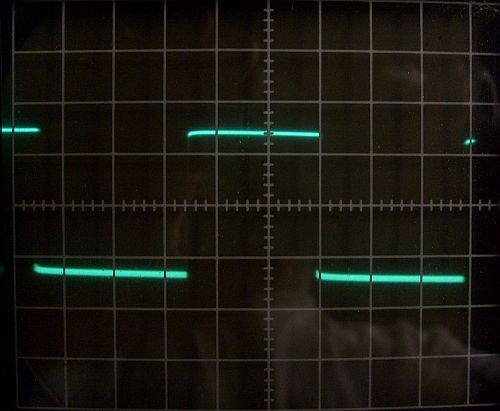 |
| | | |
| |
Below is with 1 KHz input and a load measured at 50 us/cm and 100 mV/cm showing the clean nature of the wave form. No overshooting, no ringing: |
|
| | | |
| |
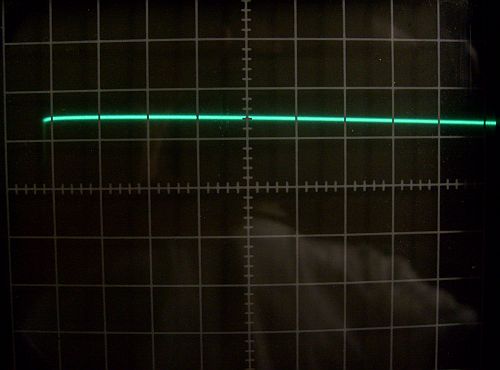 |
| | | |
| |
Lastly, below is with 1 KHz input and a load measured at 0.5 us/cm and 100 mV/cm showing no suggestion of oscillation: |
|
| | | |
| |
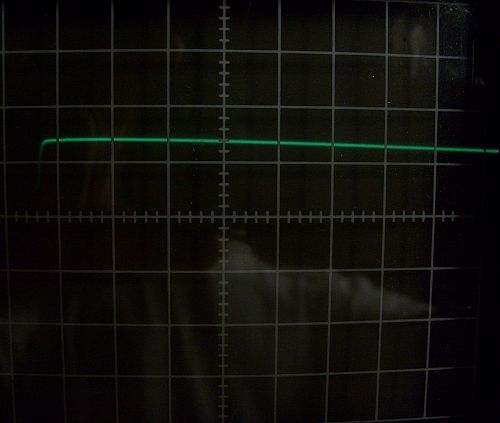 |
| | | |
| |
10 KHz Measurements |
|
| | | |
| |
Next, I measured the output of a 10 KHz, 0.5 V signal from the signal generator. I measured each channel, with no load, and with a 10 KOhm resistor on the output. |
|
| | | |
| |
As was true with the 1 KHz wave, in every case, the result was the same. I could discern no difference between the response with a load or without. I couldn't really discern a difference between the output and the input signal shown here, except that the B1 was producing a beautiful 10 KHz square wave, without the overshooting or ringing seen with the input signal. Below is with a 10 KHz input and a load measured at 20 us/cm and 100 mV/cm: |
|
| | | |
| |
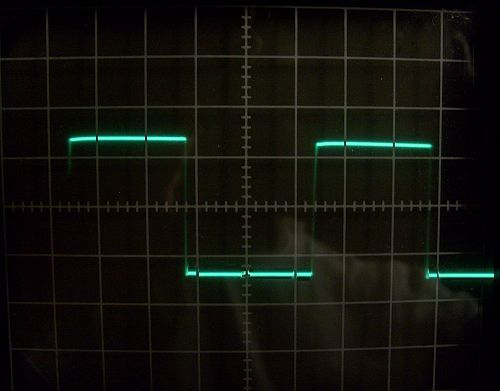 |
| | | |
| |
Below is with 10 KHz input and a load measured at 5 us/cm and 100 mV/cm showing the clean nature of the wave form. No overshooting, no ringing: |
|
| | | |
| |
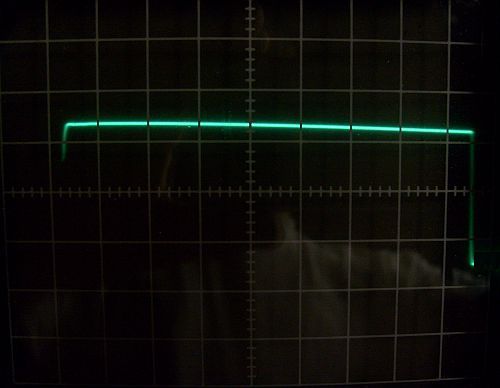 |
| | | |
| |
Lastly, below is with 10 KHz input and a load measured at 0.5 us/cm and 100 mV/cm showing no suggestion of oscillation: |
|
| | | |
| |
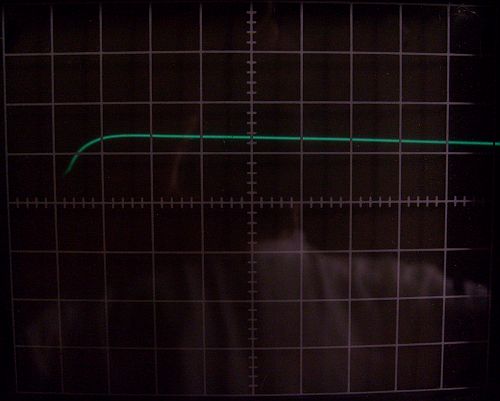 |
| | | |
| |
100 KHz Measurements |
|
| | | |
| |
Lastly, I measured the output of a 100 KHz, 0.5 V signal from the signal generator. I measured each channel, with no load, and with a 10 KOhm resistor on the output. |
|
| | | |
| |
As was true with the 1 KHz and the 10 KHz wave, in every case the result was the same. I could discern no difference between the response with a load or without. I couldn't really discern a difference between the output and the input signal shown here. Recall that the imperfection of the square wave is present on the source wave, and the B1 was reproducing it almost exactly. I think it is remarkable that this buffer has the stability and bandwidth to reproduce a 100 KHz wave this well. Below is with 100 KHz input and a load measured at 2 us/cm and 100 mV/cm: |
|
| | | |
| |
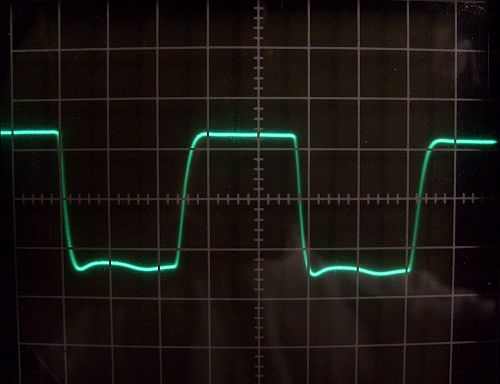 |
| | | |
| | | |








